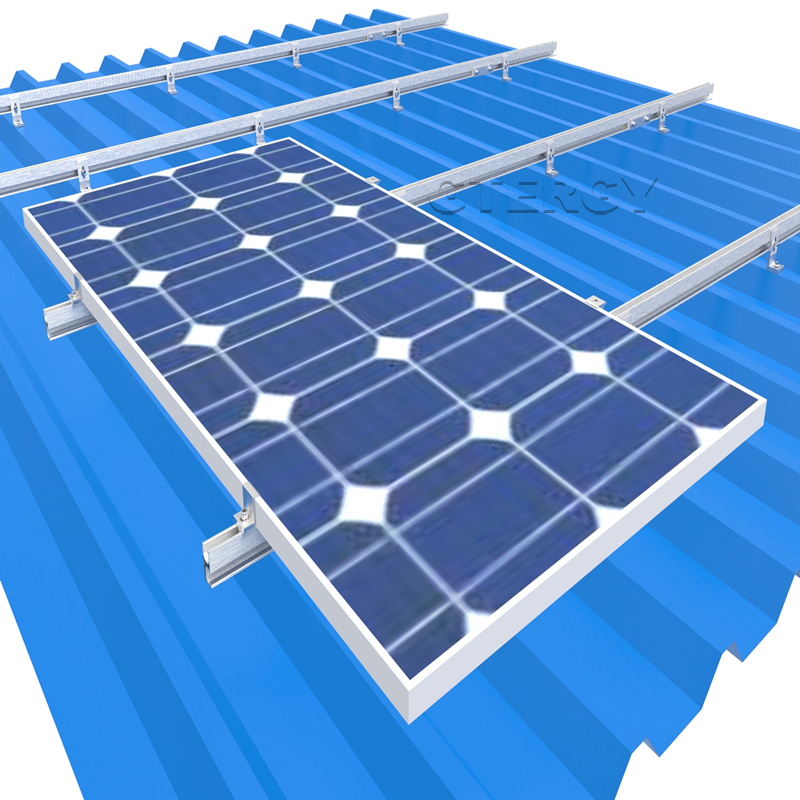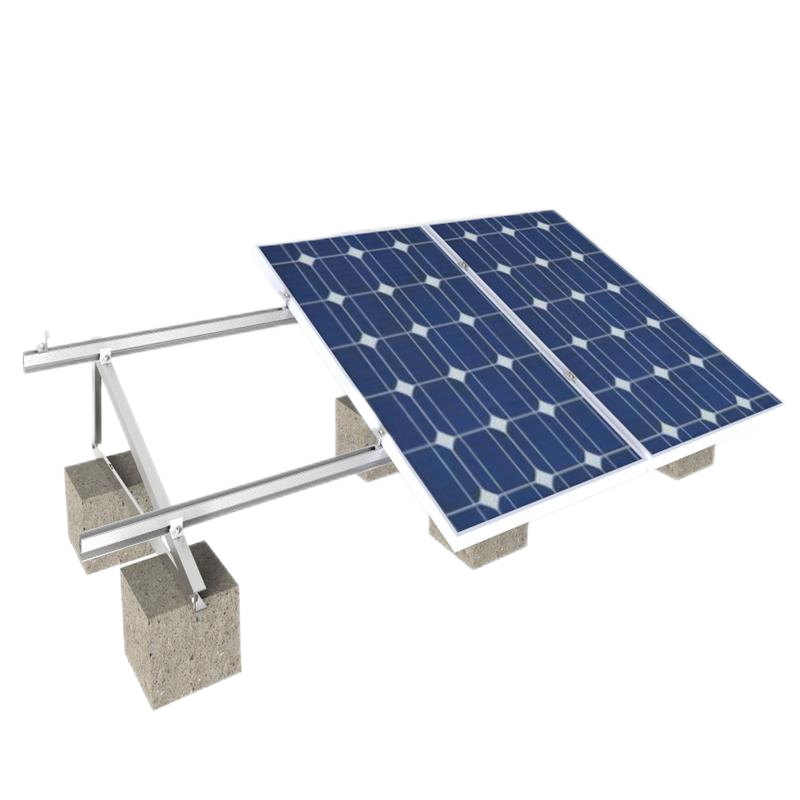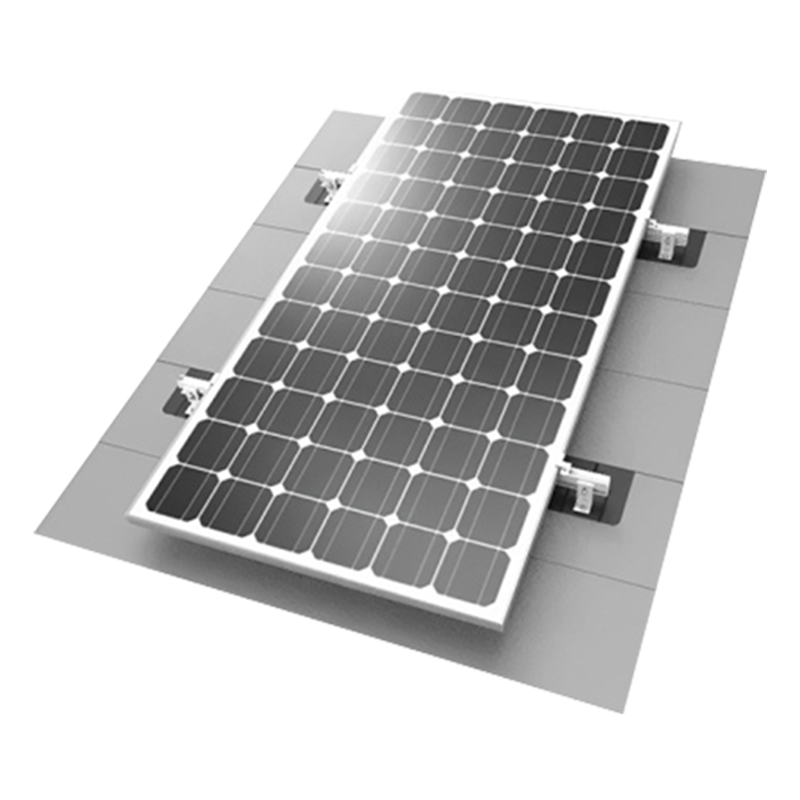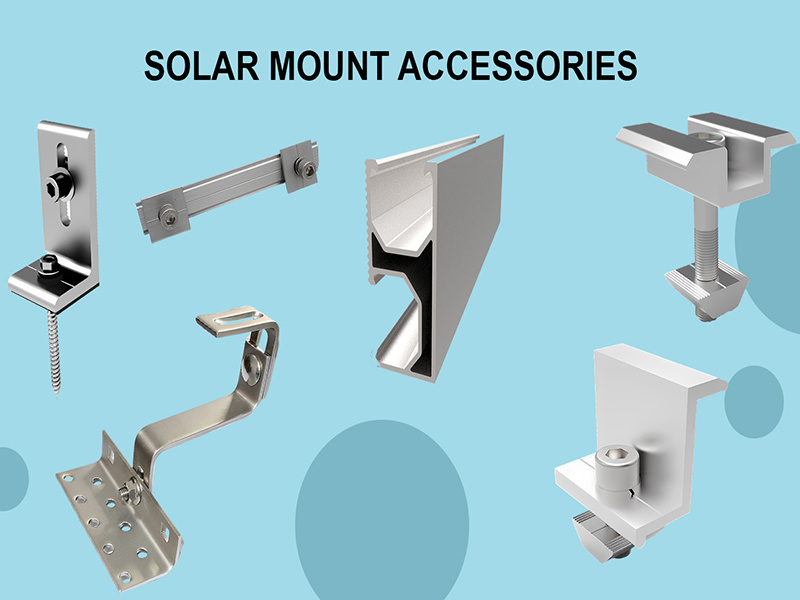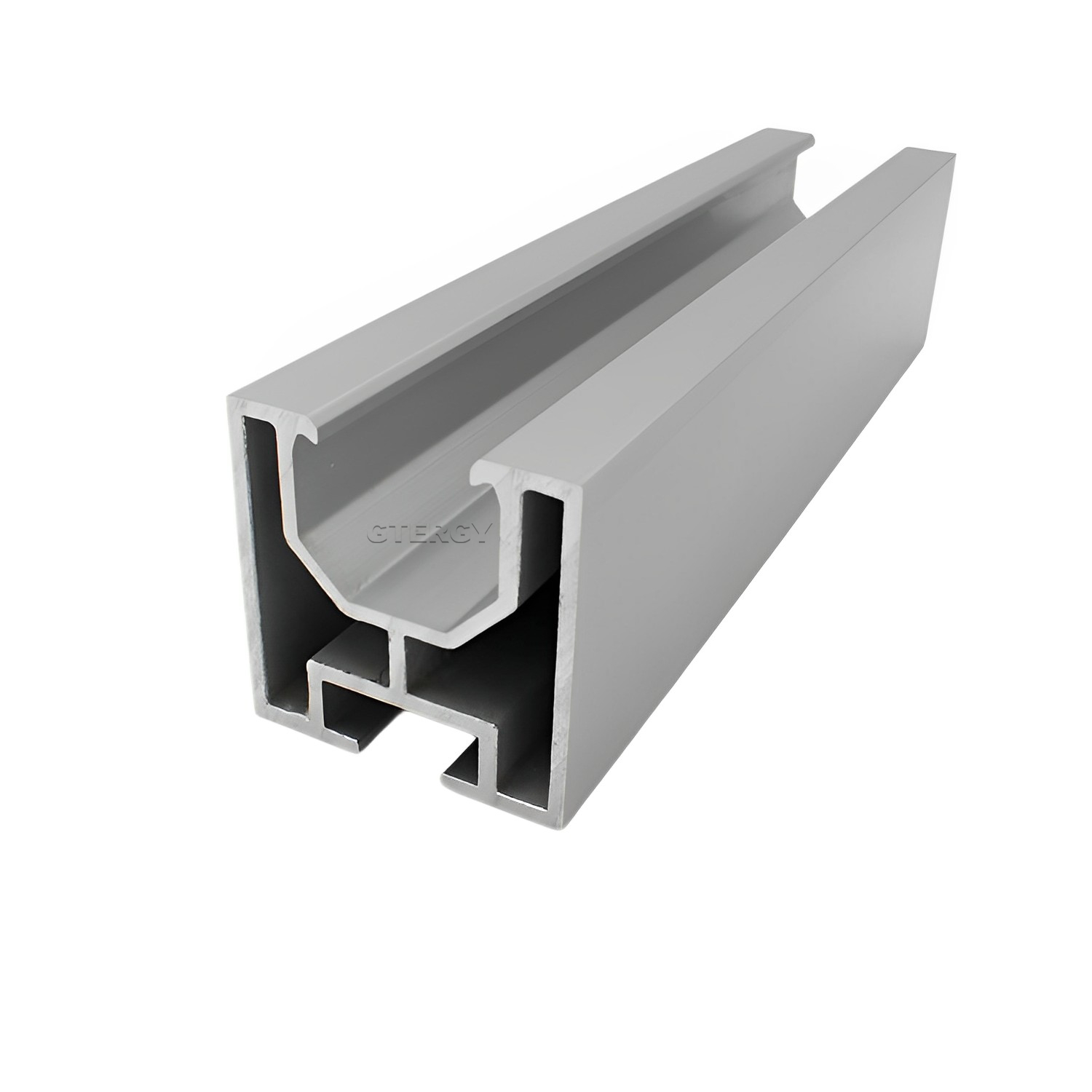Unlocking the Secrets of Durable Solar Panel Mounting Rails: A Comprehensive Guide
2025-08-02
Unlocking the Secrets of Durable Solar Panel Mounting Rails
Table of Contents
- 1. Introduction to Solar Panel Mounting Rails
- 2. The Importance of Durable Mounting Rails
- 3. Types of Solar Panel Mounting Rails
- 4. Materials Used in Solar Panel Mounting Rails
- 5. Installation Techniques for Optimal Durability
- 6. Maintenance Strategies for Longevity
- 7. Environmental Factors Affecting Durability
- 8. Conclusion
- 9. Frequently Asked Questions
1. Introduction to Solar Panel Mounting Rails
Solar panel mounting rails serve as the backbone of any solar energy system, providing a secure and stable platform for solar panels. Understanding their significance and functionality is essential for anyone involved in solar energy, whether you're a homeowner, installer, or contractor. This guide delves deep into the elements that contribute to the durability and efficiency of these mounting systems.
2. The Importance of Durable Mounting Rails
Durable solar panel mounting rails are crucial for multiple reasons:
- **Structural Integrity**: They ensure that the solar panels remain securely in place, even in adverse weather conditions such as high winds and heavy snow.
- **Longevity**: High-quality materials and construction techniques extend the lifespan of the mounting systems, reducing the need for frequent replacements.
- **Energy Efficiency**: Properly installed and durable mounts ensure optimal panel positioning, maximizing energy absorption from the sun.
- **Cost Savings**: Investing in durable materials can save money in the long run by minimizing repair and replacement costs.
3. Types of Solar Panel Mounting Rails
Solar panel mounting systems can be categorized primarily into three types, each with its unique characteristics and applications.
3.1 Fixed Mounts
Fixed mounts are stationary systems that hold solar panels in a fixed position. They are typically less expensive and easier to install, making them a popular choice for residential solar installations. Fixed mounts are ideal for locations with minimal seasonal variation in sunlight.
3.2 Adjustable Mounts
Adjustable mounts allow for tilt adjustments to optimize the angle of solar panels throughout the year. By changing the angle, homeowners can enhance energy production, especially in regions with varying sun positions.
3.3 Tracking Mounts
Tracking mounts follow the sun's path across the sky, maximizing solar exposure throughout the day. While more expensive and complex, they can significantly increase energy output, making them suitable for larger installations or commercial applications.
4. Materials Used in Solar Panel Mounting Rails
Choosing the right materials for solar panel mounting rails is essential for durability and performance. Let's explore the most common materials used in their construction.
4.1 Aluminum
Aluminum is favored for its lightweight properties and resistance to corrosion. It is an excellent choice for residential installations where weight is a concern. Aluminum rails are easy to handle and install, making them a popular choice among contractors. However, it's crucial to ensure they are anodized for improved durability.
4.2 Steel
Steel offers superior strength and durability, making it ideal for commercial or industrial solar installations. Galvanized steel can withstand extreme weather conditions and is less prone to warping over time. However, it is heavier and may require more robust structural support during installation.
4.3 Plastic Composites
Plastic composites are emerging as a lightweight alternative, combining durability with resistance to environmental factors. These materials are often designed to withstand UV exposure and extreme temperatures, making them suitable for various climates. While less common, advances in technology are making plastic composites a viable option for solar mounting systems.
5. Installation Techniques for Optimal Durability
Proper installation of solar panel mounting rails is critical for ensuring their longevity and effectiveness. Here are some key techniques to consider.
5.1 Site Preparation
Before installation, it's essential to prepare the site thoroughly. This includes assessing the roof's condition, measuring the available space, and ensuring it can support the weight of the solar panels and mounting rails.
5.2 Proper Alignment
Accurate alignment is crucial for maximizing solar energy absorption. Mounting rails should be level and positioned at the correct angle to face the sun. Utilizing a level and measuring tools can ensure precise placement.
5.3 Fastening Methods
The choice of fastening methods greatly influences the durability of the mounting system. Using high-quality, weather-resistant screws and brackets can prevent rust and corrosion. Proper torque specifications should be followed to ensure secure fastening without damaging the materials.
6. Maintenance Strategies for Longevity
Regular maintenance is necessary to keep solar panel mounting rails functioning optimally over time. Here are essential strategies to consider.
6.1 Regular Inspections
Conducting regular inspections every six months is advisable to identify any potential issues, such as rust, loose bolts, or structural damage. Early detection can prevent costly repairs in the future.
6.2 Cleaning Techniques
Keeping mounting rails clean can enhance their durability. Remove any debris, dirt, or snow that may accumulate. Use gentle cleaners and soft brushes to avoid scratching or damaging the surfaces.
7. Environmental Factors Affecting Durability
Various environmental factors can impact the longevity of solar panel mounting rails. Understanding these factors can help you choose the right materials and installation techniques.
- **Climate Conditions**: Areas with extreme weather conditions, such as heavy rainfall, snow, or high winds, require more robust mounting systems.
- **UV Exposure**: Prolonged exposure to UV rays can degrade certain materials over time. Choosing UV-resistant materials can mitigate this effect.
- **Saltwater Exposure**: Coastal installations may face corrosion from saltwater. Galvanized or stainless steel options can provide better protection in these environments.
8. Conclusion
Understanding the essential elements of durable solar panel mounting rails is vital for optimizing your solar energy systems. By choosing the right materials, employing proper installation techniques, and committing to regular maintenance, you can ensure that your solar panel mounts withstand the test of time. Investing in durable mounting rails not only enhances energy efficiency but also contributes to the overall sustainability of your solar energy system.
9. Frequently Asked Questions
1. What materials are best for solar panel mounting rails?
The best materials for solar panel mounting rails include aluminum for lightweight applications, galvanized steel for strength and durability, and plastic composites for UV resistance.
2. How often should I inspect my solar panel mounting rails?
It is advisable to inspect your solar panel mounting rails at least every six months to identify any potential issues early on.
3. Can I install solar panel mounting rails myself?
While DIY installation is possible, it is often recommended to hire professionals to ensure proper alignment, fastening, and compliance with local building codes.
4. How can I improve the durability of my solar panel mounts?
Improving the durability of solar panel mounts can be achieved by selecting high-quality materials, ensuring proper installation, and conducting regular inspections and maintenance.
5. Do solar panel mounting rails require maintenance?
Yes, solar panel mounting rails require maintenance, including regular inspections and cleaning to ensure optimal performance and longevity.
This comprehensive guide aims to equip you with the knowledge needed to select, install, and maintain durable solar panel mounting rails effectively, ensuring a sustainable and efficient solar energy system.
Related Information



